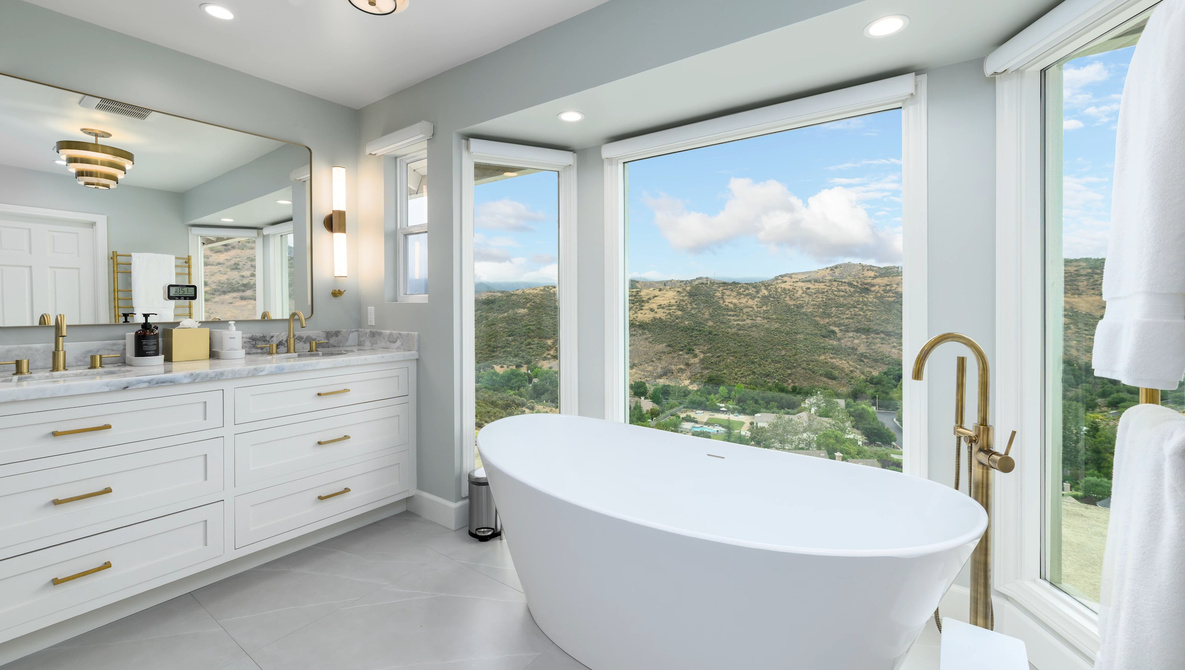URGENT UPDATE: A newly released video by Alex Cooke, a Cleveland-based photographer, is transforming real estate photography techniques. The clip breaks down essential composition strategies that can elevate your property shots from mediocre to stunning, making it a must-watch for real estate professionals today.
This video emphasizes the critical role of geometry in photography, a factor that can make or break a real estate image. Viewers learn that a camera must be level and vertical lines maintained for optimal results. Cooke demonstrates using a virtual horizon and recommends fine-tuning with specific tools to ensure alignment.
Why does this matter? In an increasingly competitive market, outstanding visuals can significantly impact property sales. This guide offers immediate, actionable insights that can lead to faster decisions on-site and cleaner edits later on.
The video progresses to discuss visual flow, showcasing how to guide the viewer’s eye through the space using strategic lines. For instance, Cooke explains how a well-placed angle can highlight features such as a range hood or a scenic window view, creating a narrative within the shot.
Cooke elaborates on tonal flow, where contrast and brightness are used to draw attention to key elements. He stresses that adherence to the rule of thirds is helpful but secondary to establishing clear flow paths within the room.
As he illustrates with a kitchen setup, the principles of leading lines and tonal balance can transform a modest condo into a space that feels intentional rather than cramped.
Next, the video dives into angular perspective, demonstrating a reliable angle that captures two walls, effectively showcasing overall space. However, Cooke warns about the pitfalls of distortion, especially when using an 18mm lens. He advises maintaining a distance to avoid elongating cabinets or shrinking distant sinks, recommending a longer lens for a more natural appearance.
Moving to single point perspective, the video highlights the importance of alignment. This method demands careful setup, but the payoff is significant, particularly for design clients who seek a polished look. Cooke notes that even tight spaces can yield clean images if alignment is impeccable.
The concept of framing adds an element of intrigue to the process. By shooting through doorways or architectural features, photographers can hint at a room’s allure before fully revealing it. While this technique may not appeal to all listing agents due to concealed square footage, it resonates well with design clients and luxury listings.
To create a shoot that feels intentional, Cooke advises assembling a psychological flow. Starting with an angular perspective sets the context, followed by framing shots that introduce features, and concluding with a single point view to convey elegance.
This innovative approach helps real estate professionals craft a visual narrative that guides potential buyers through the property, enhancing perceived sophistication without resorting to excessive lighting or heavy editing.
For those eager to elevate their real estate photography game, the full video guide is available now. Check it out and transform how you capture spaces!







